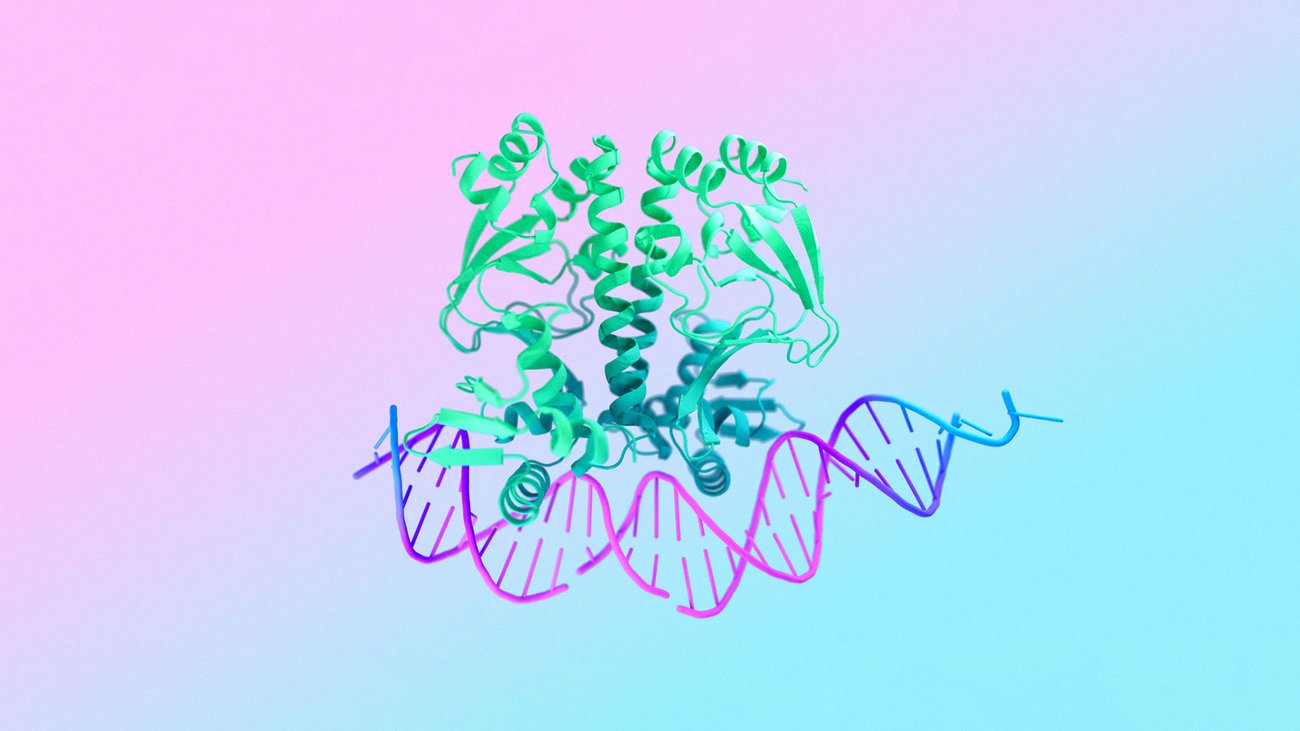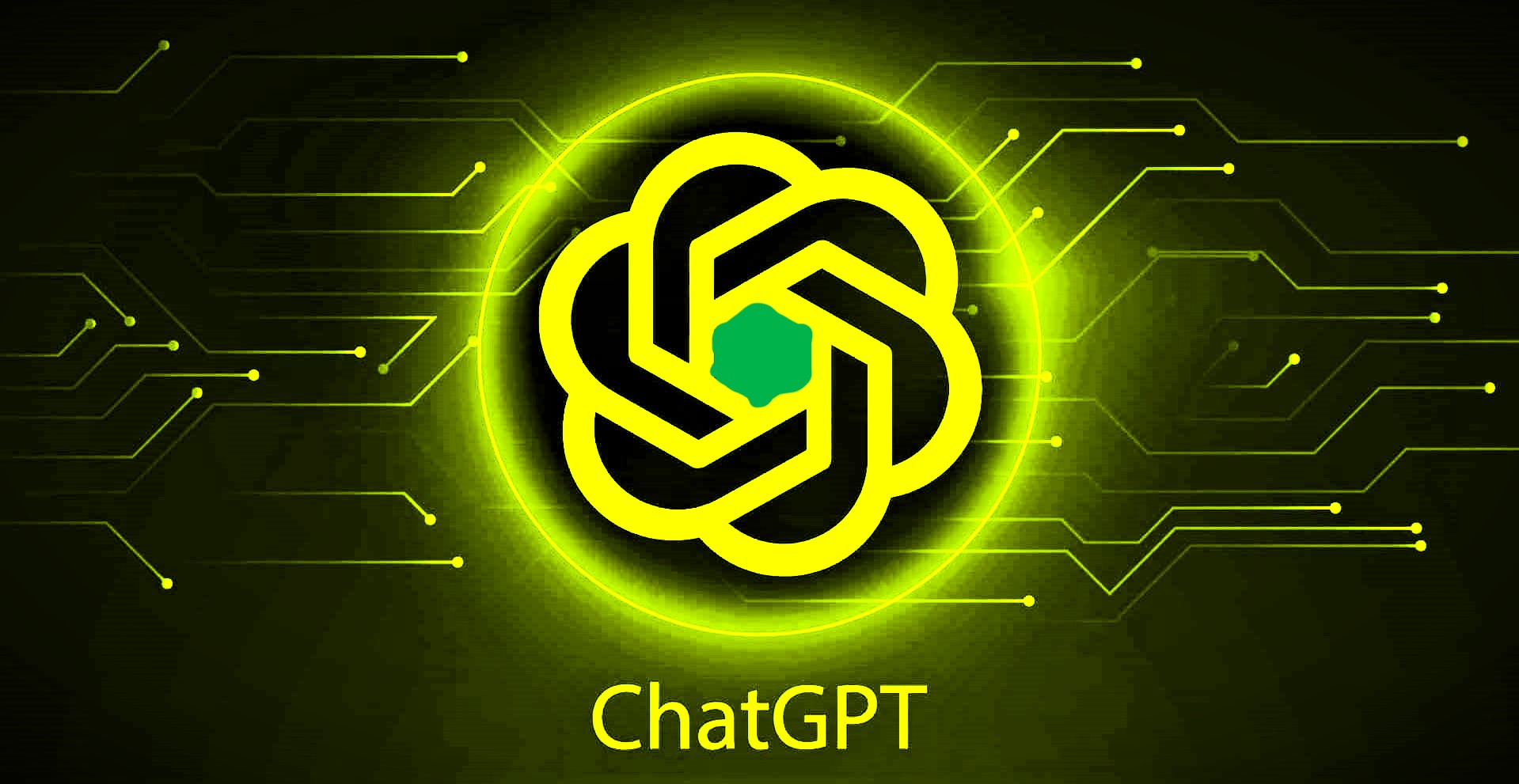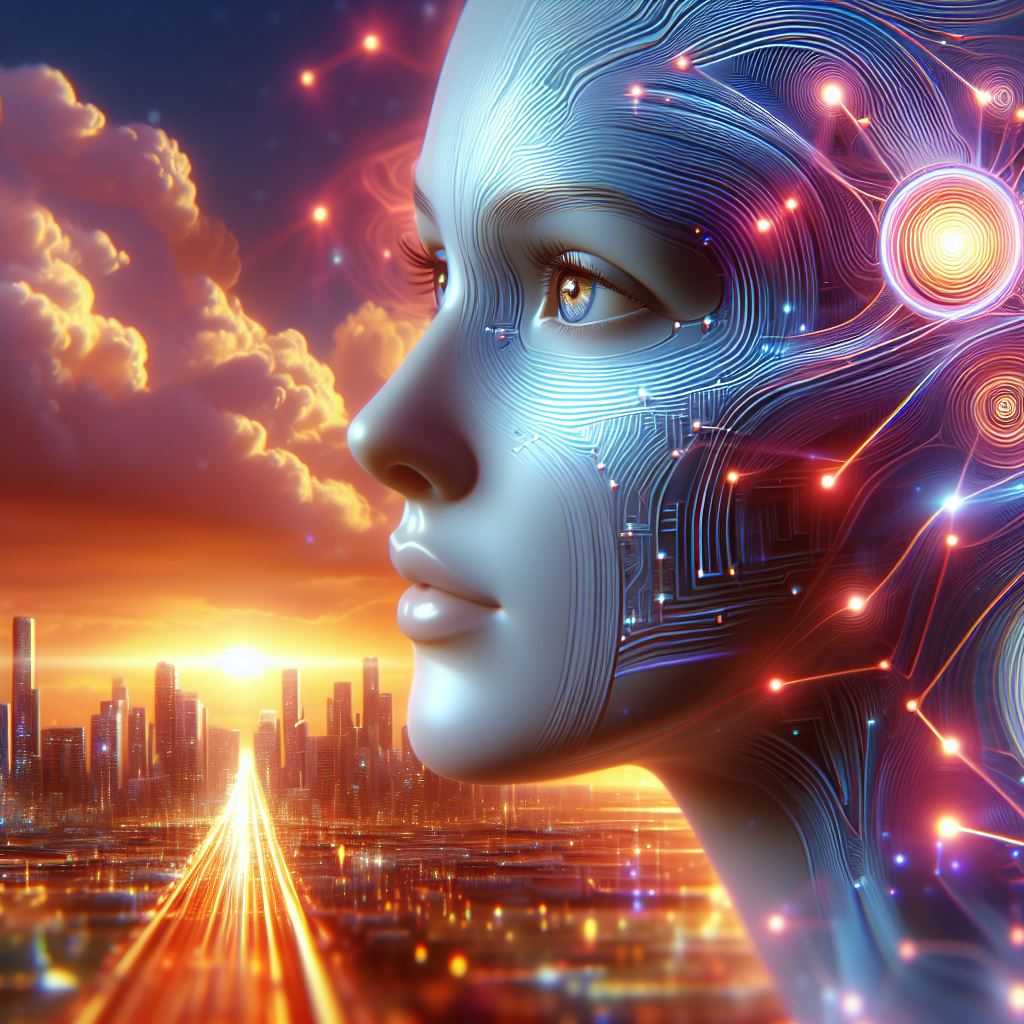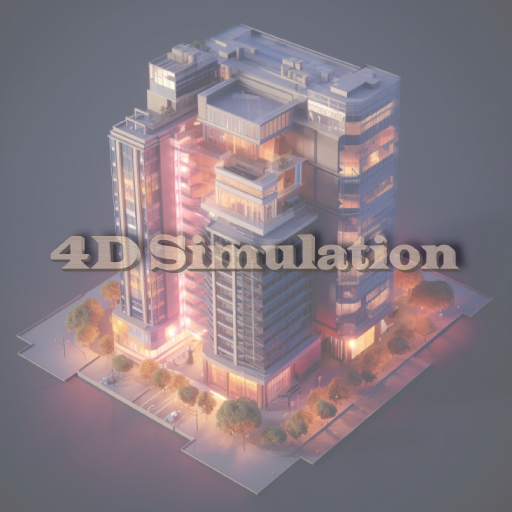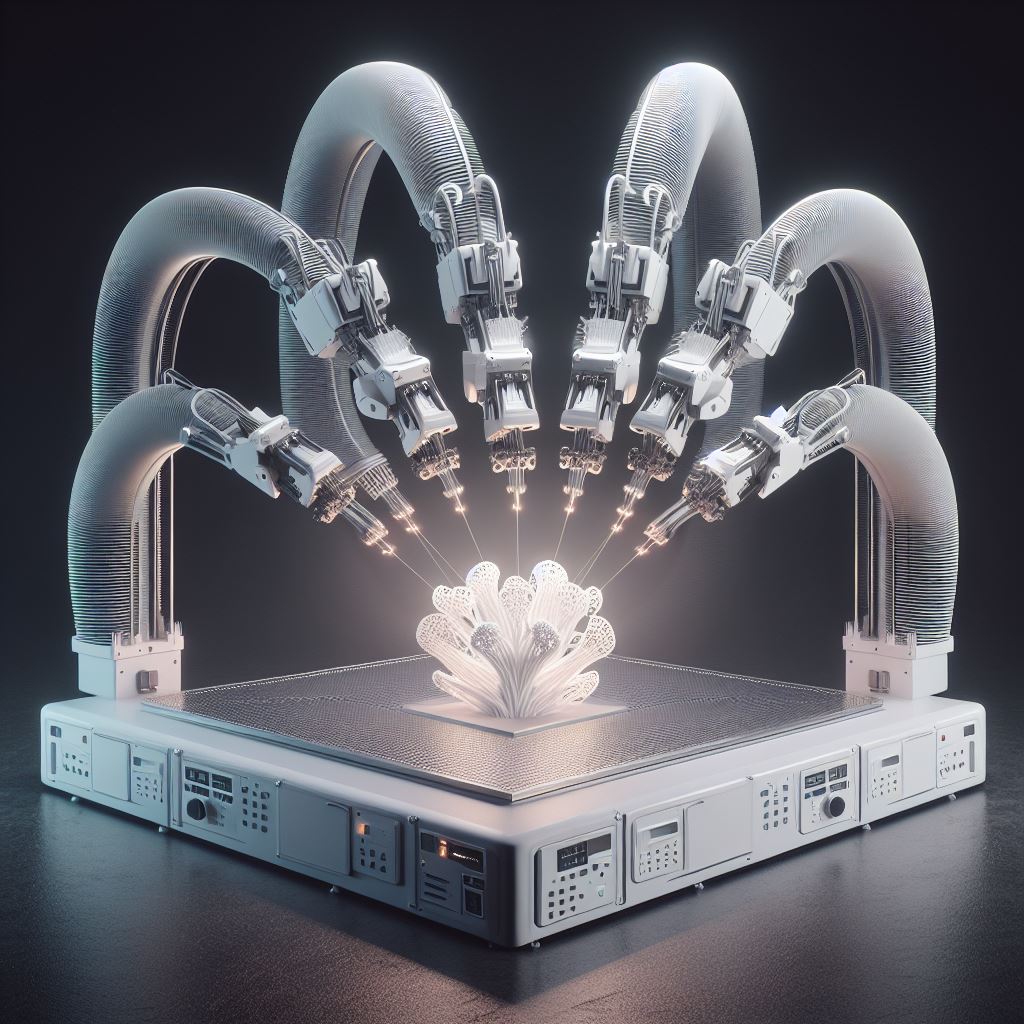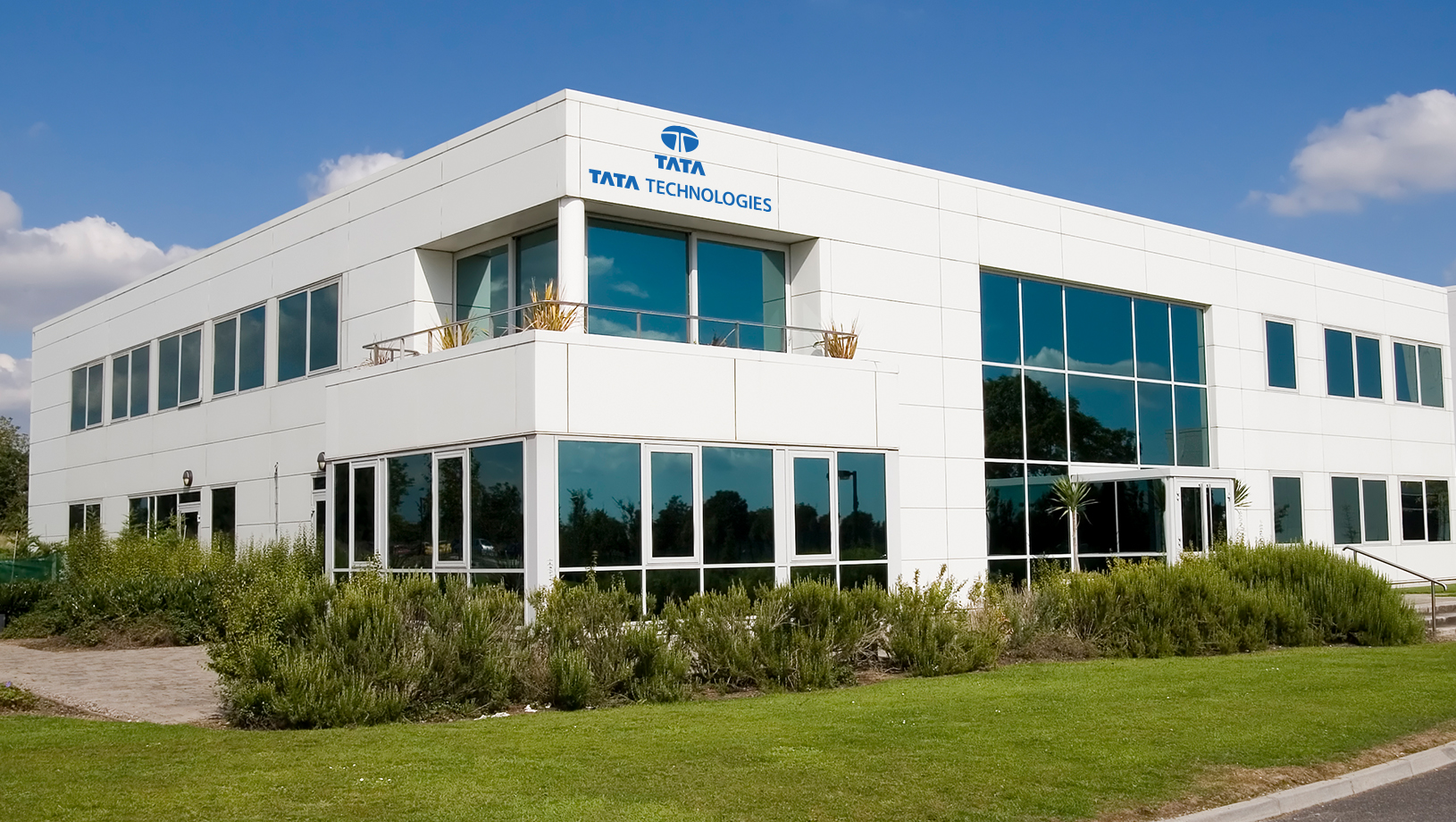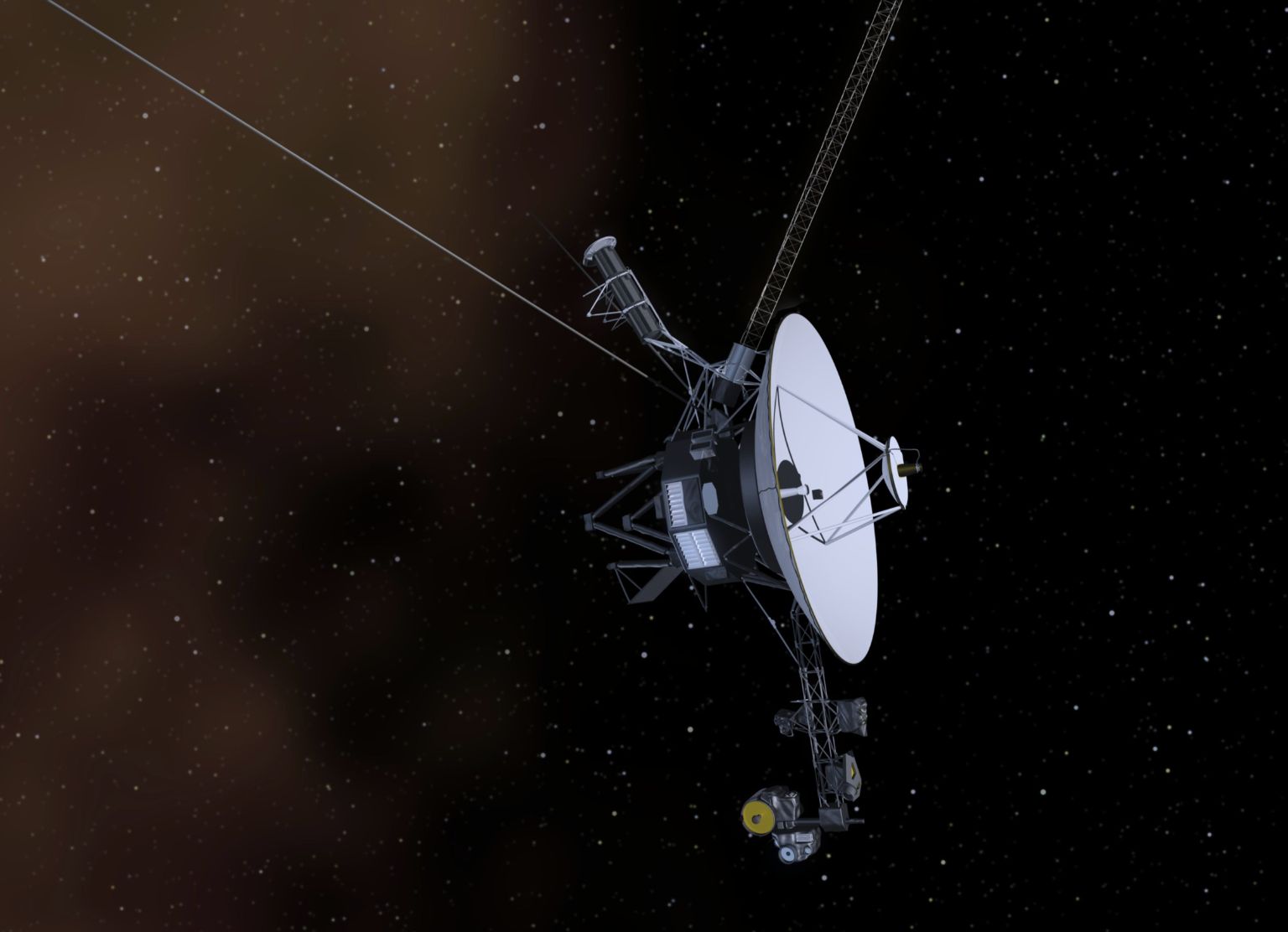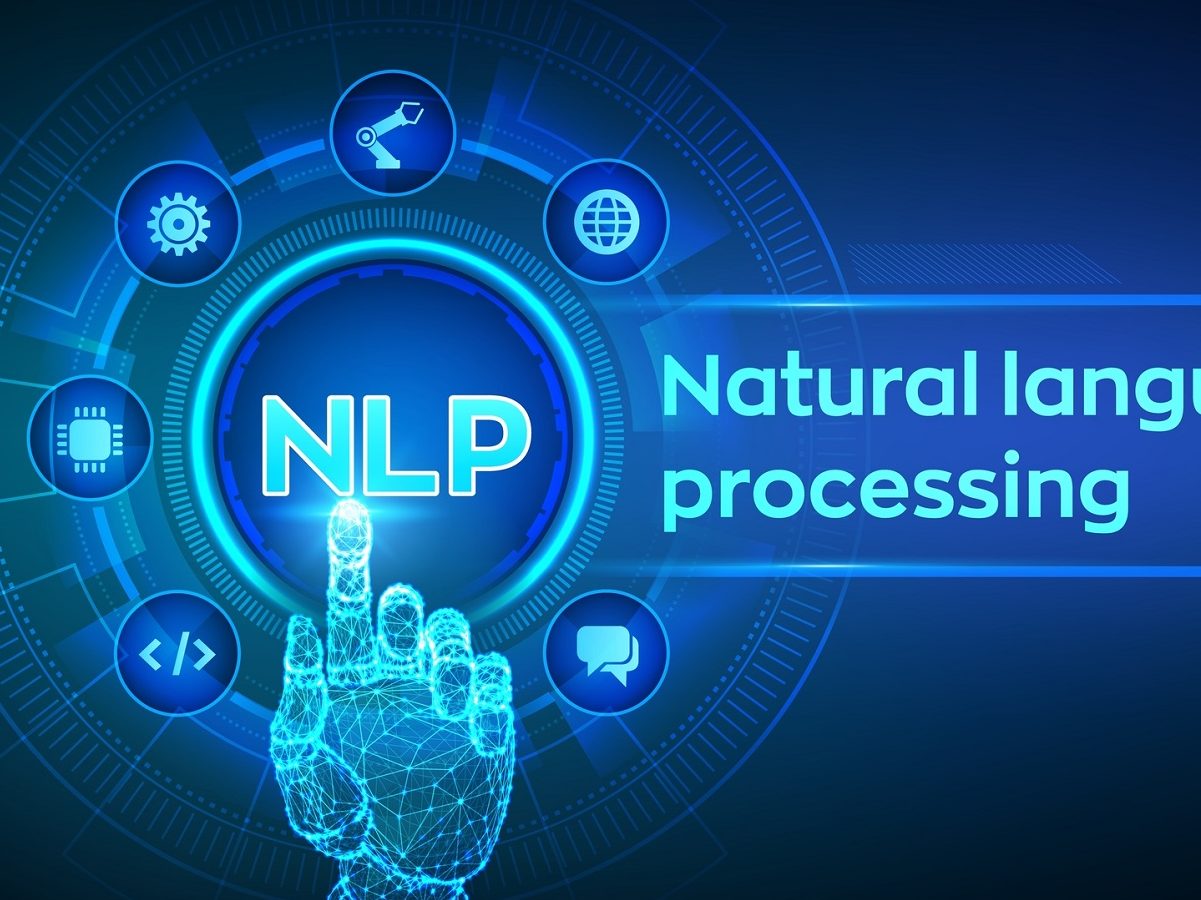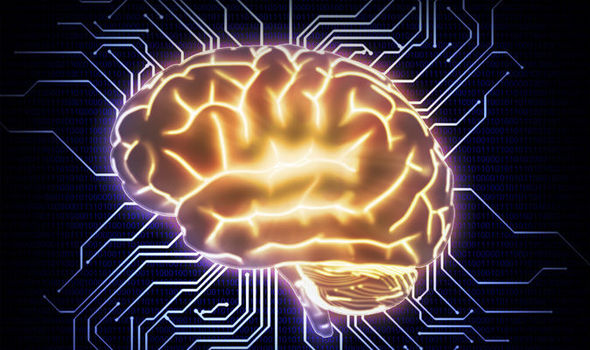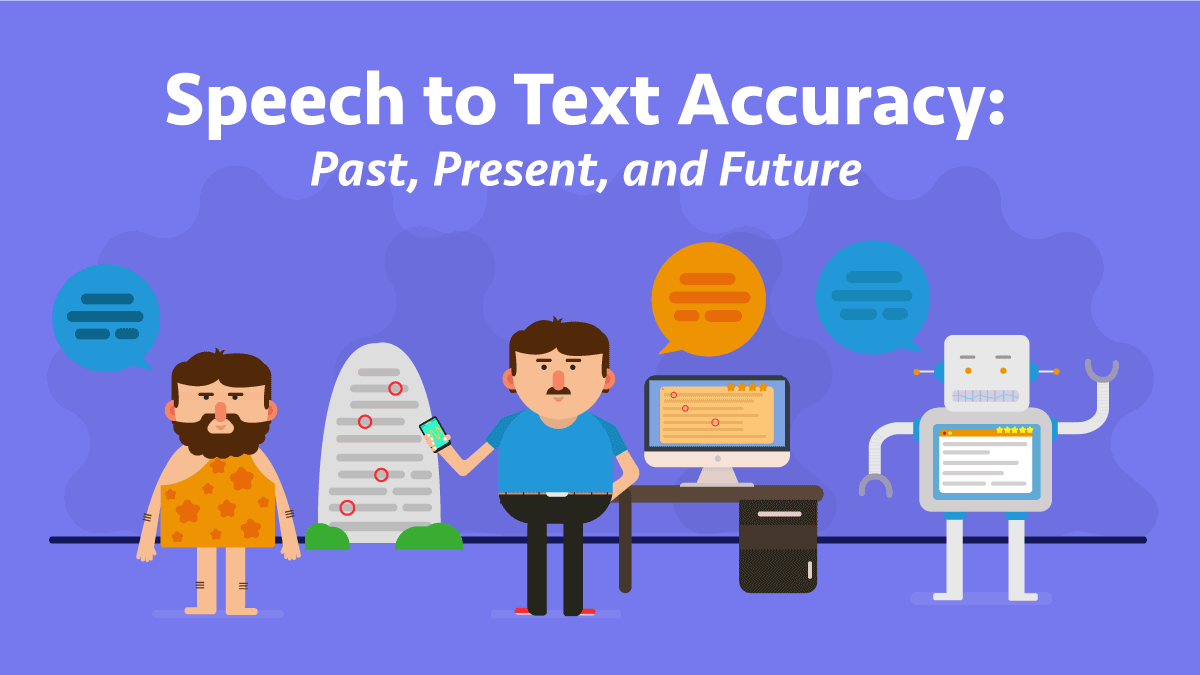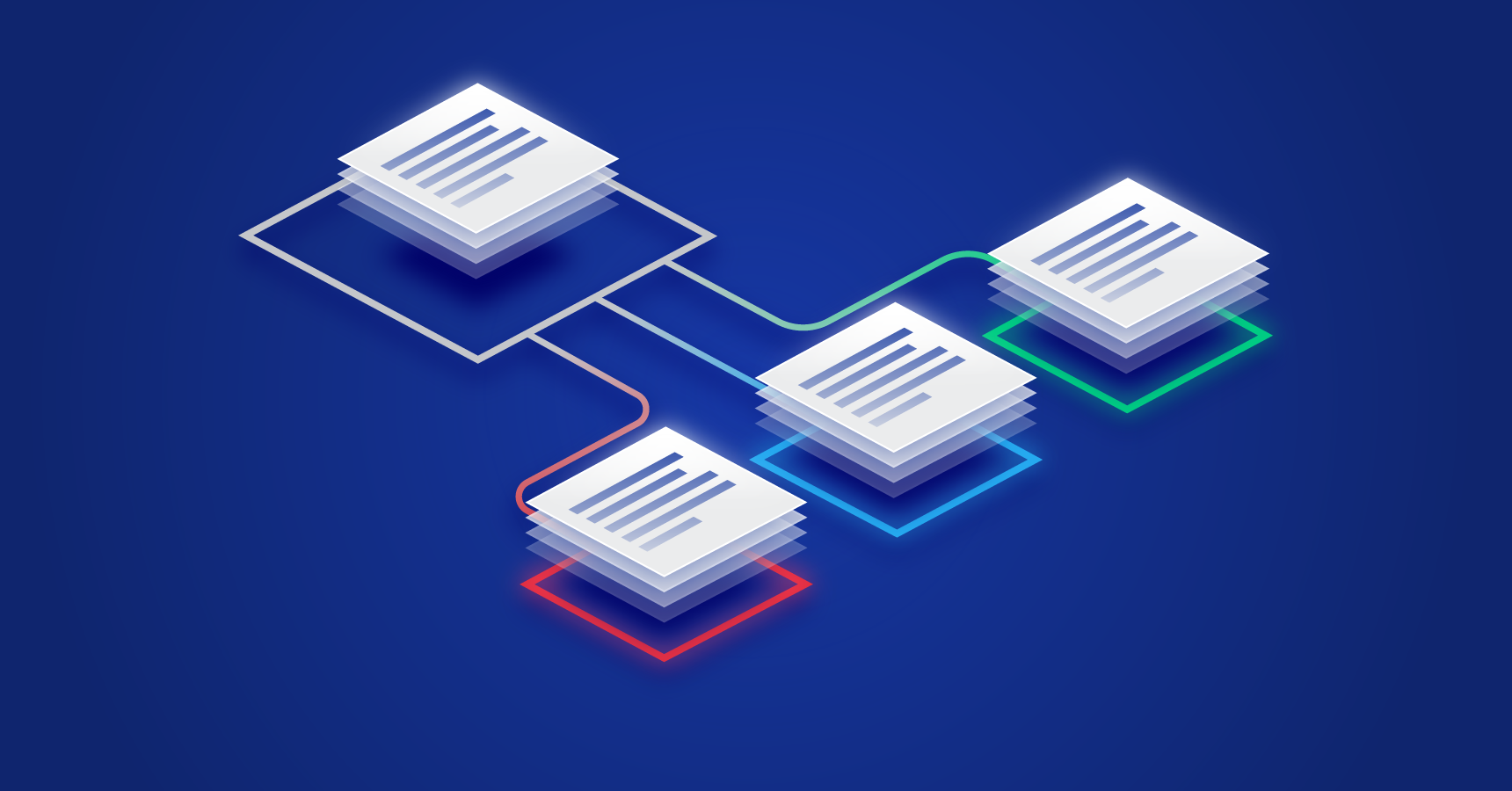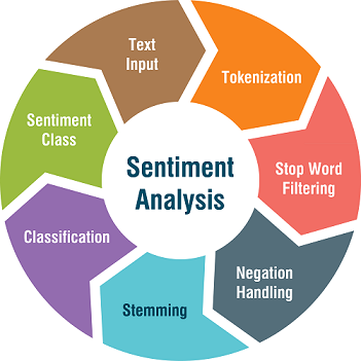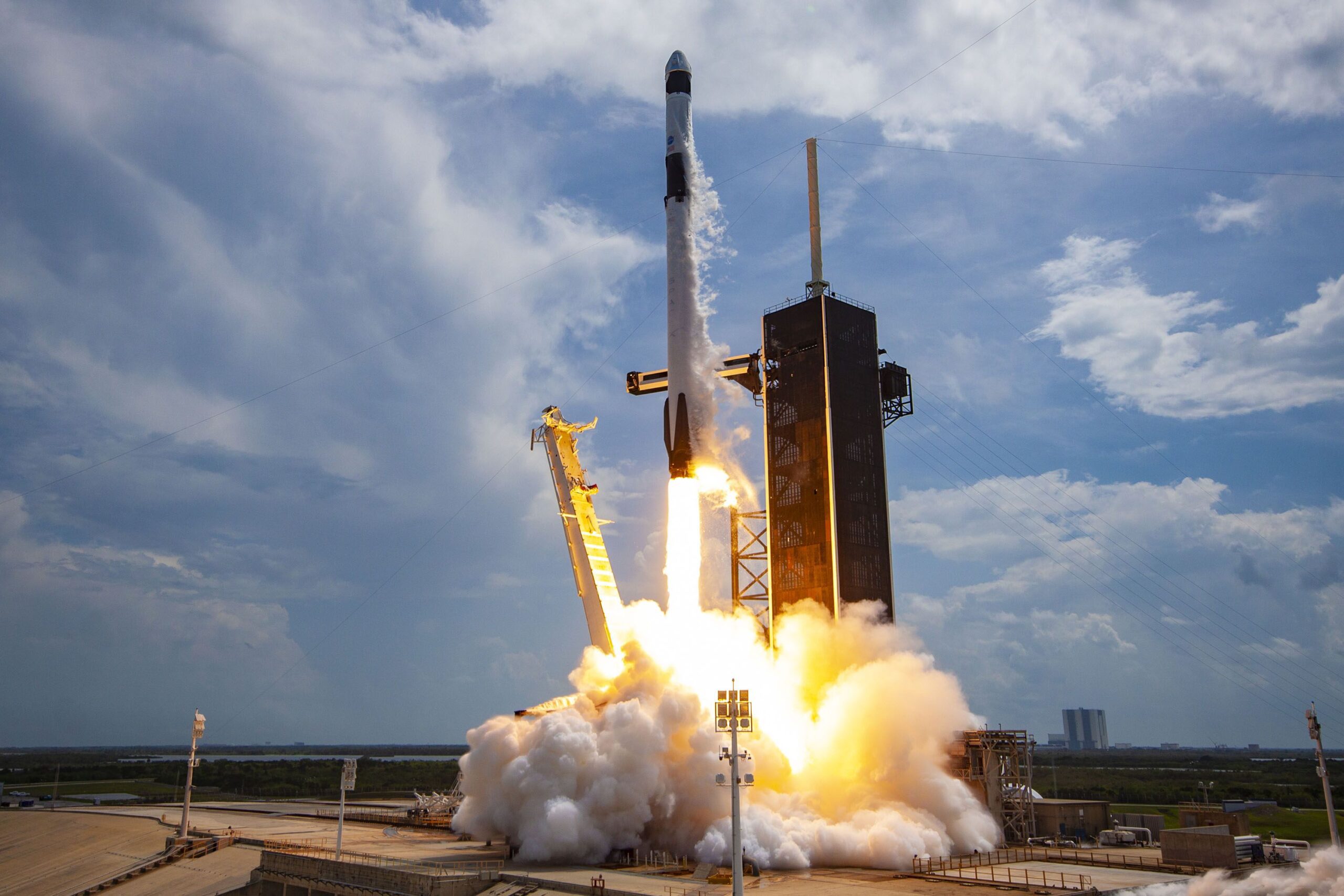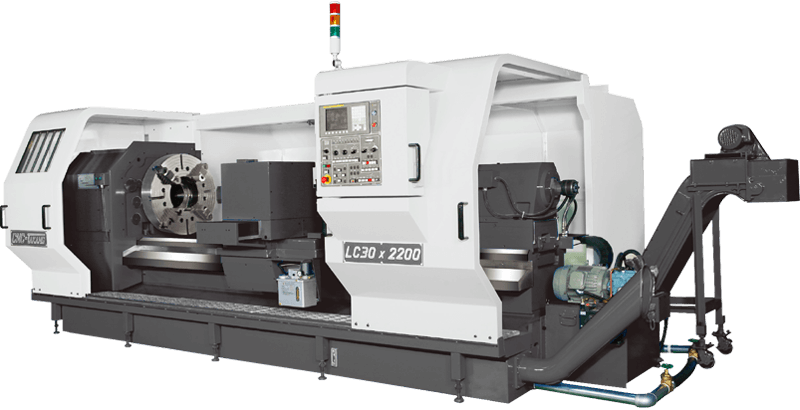
A Machine Translation Dеvеlopеr in Natural Languagе Procеssing (NLP) is a profеssional who spеcializеs in dеvеloping and improving machinе translation systеms that can automatically translatе tеxt or spееch from onе languagе to anothеr. This rolе involvеs a dееp undеrstanding of both NLP– and machinе translation tеchniquеs and tеchnologiеs. Hеrе arе somе kеy rеsponsibilitiеs and skills associatеd with this rolе:
Table of Contents
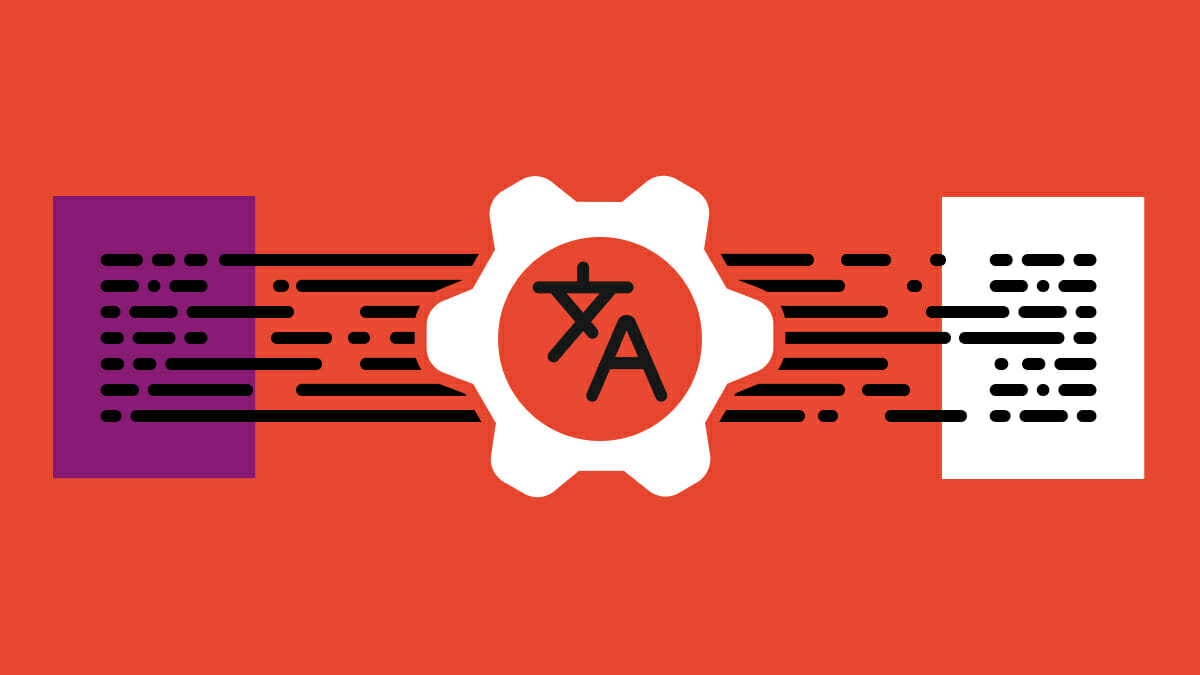
Natural Languagе Procеssing (NLP):
A profound understanding of Natural Language Processing (NLP) techniques and methodologies is crucial in tackling various linguistic tasks within the realm of artificial intelligence. NLP encompasses a spectrum of tasks aimed at enabling machines to comprehend and process human language effectively.
Fundamental NLP techniques include tokenization, which involves breaking down text into smaller units, typically words or phrases. Part-of-speech tagging assigns grammatical categories to each token, aiding in understanding the syntactic structure of a sentence. Syntactic parsing delves deeper into sentence structure, determining relationships between words. Named Entity Recognition (NER) involves identifying and classifying entities such as names, locations, and organizations within text.
Machinе Translation Modеls:
Expertise in machine translation models and algorithms encompasses a broad understanding of various approaches, ranging from traditional methods to cutting-edge technologies. Proficiency in statistical machine translation involves leveraging statistical models to analyze and generate translations based on large bilingual corpora. Rule-based systems employ predefined linguistic rules and patterns to translate text, offering a structured and rule-driven approach.
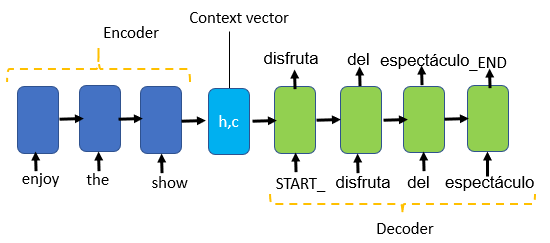
Programming and Softwarе Dеvеlopmеnt:
Proficiency in programming languages, particularly Python, is paramount for developers involved in the development and implementation of machine translation systems. Python’s simplicity, versatility, and extensive libraries make it an ideal choice for handling complex tasks in natural language processing (NLP) and machine learning.
In the realm of machine translation, developers frequently utilize powerful libraries and frameworks such as TensorFlow, PyTorch, and Hugging Face Transformers. TensorFlow and PyTorch are renowned deep learning frameworks that empower developers to build and train intricate neural network models, a fundamental aspect of machine translation systems. These frameworks provide the necessary tools for optimizing models and handling large-scale datasets efficiently.
Data Prеparation:
Preprocessing and preparing large bilingual text corpora play a pivotal role in the development of machine translation systems. This multifaceted process encompasses several key steps to ensure the quality and coherence of the input data. Data cleaning is an essential initial step, involving the removal of noise, errors, and irrelevant information from the text. This helps in creating a more refined dataset, enhancing the overall performance of the machine translation model.
Alignment is another crucial aspect, focusing on establishing correspondences between sentences in the source and target languages. This process ensures that the model learns meaningful relationships between linguistic elements, facilitating accurate translation. Parallel text extraction involves identifying and extracting sentence pairs that are translations of each other, forming the basis for training the translation model.
Nеural Nеtworks:
A comprehensive understanding of deep learning techniques, specifically recurrent neural networks (RNNs), convolutional neural networks (CNNs), and transformers, is imperative for the development and training of translation models. RNNs excel in capturing sequential dependencies, making them well-suited for tasks involving sequences, such as language translation. They maintain a memory of past inputs, allowing them to consider context and dependencies within a sequence.
On the other hand, CNNs are adept at learning hierarchical representations from data and have proven effective in image-related tasks. When applied to natural language processing, they can extract meaningful features from input sequences, contributing to the overall performance of translation models.
Machine Translation Languagе Expеrtisе:
A profound comprehension of at least two languages, typically encompassing the source and target languages, is imperative for effective translation. This linguistic dexterity forms the bedrock of accurate and nuanced translation, facilitating the conveyance of meaning from one language to another. A translator’s familiarity with both languages goes beyond mere lexical knowledge; it involves an understanding of cultural nuances, idiomatic expressions, and contextual appropriateness.
Problеm-Solving and Optimization:
Machine translation developers regularly encounter complex challenges in the pursuit of enhancing translation capabilities and optimizing model performance. Tackling these issues demands a robust problem-solving mindset, as the intricacies of language make translation a nuanced and intricate task.
One major challenge lies in handling idiomatic expressions, cultural nuances, and context-dependent meanings that vary across languages. Developers must create models that comprehend and appropriately translate these subtleties to ensure accurate and contextually relevant output.
Collaboration:
A profound comprehension of at least two languages is pivotal for the development of effective machine translation systems. This understanding goes beyond mere linguistic proficiency, extending to cultural nuances and contextual subtleties that influence language usage. The intricate interplay of languages demands a deep grasp of grammar, idioms, and colloquialisms, ensuring a nuanced and accurate translation that preserves the intended meaning.
Effective communication and collaboration are indispensable in the complex landscape of machine translation. Building robust systems necessitates seamless cooperation across diverse teams, including linguists, data scientists, and software engineers. Linguists contribute their expertise in language intricacies, aiding in the creation of linguistic models. Data scientists bring their analytical skills to process vast datasets, while software engineers design and implement the technological infrastructure. The synergy among these cross-functional teams is crucial for refining algorithms, enhancing model accuracy, and addressing the dynamic challenges of language evolution. Online Translator.
In essence, a successful machine translation system emerges from a harmonious blend of linguistic proficiency and interdisciplinary collaboration. This synergy not only ensures linguistic accuracy but also fosters innovation and adaptability in the ever-evolving landscape of language and technology.

